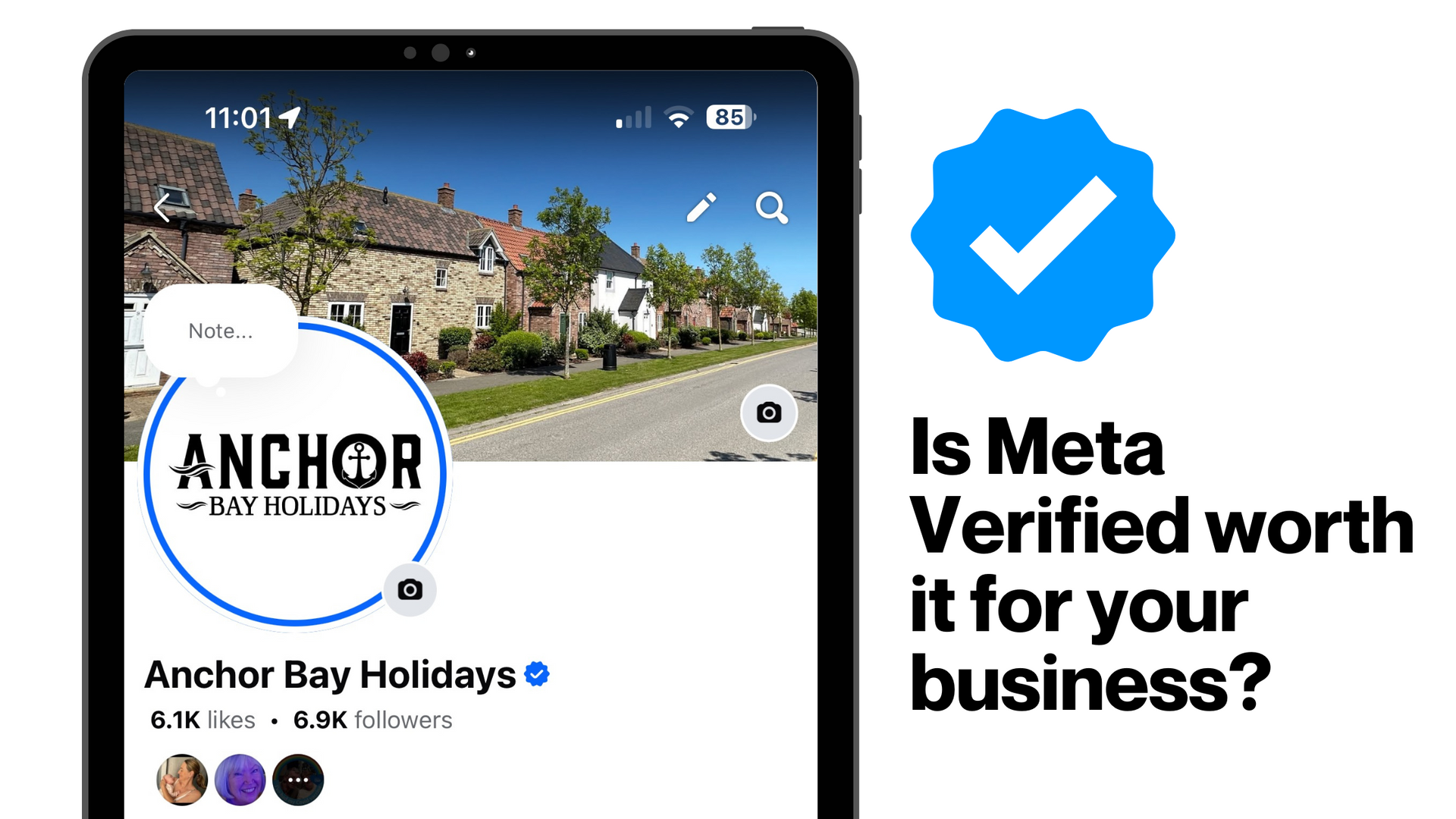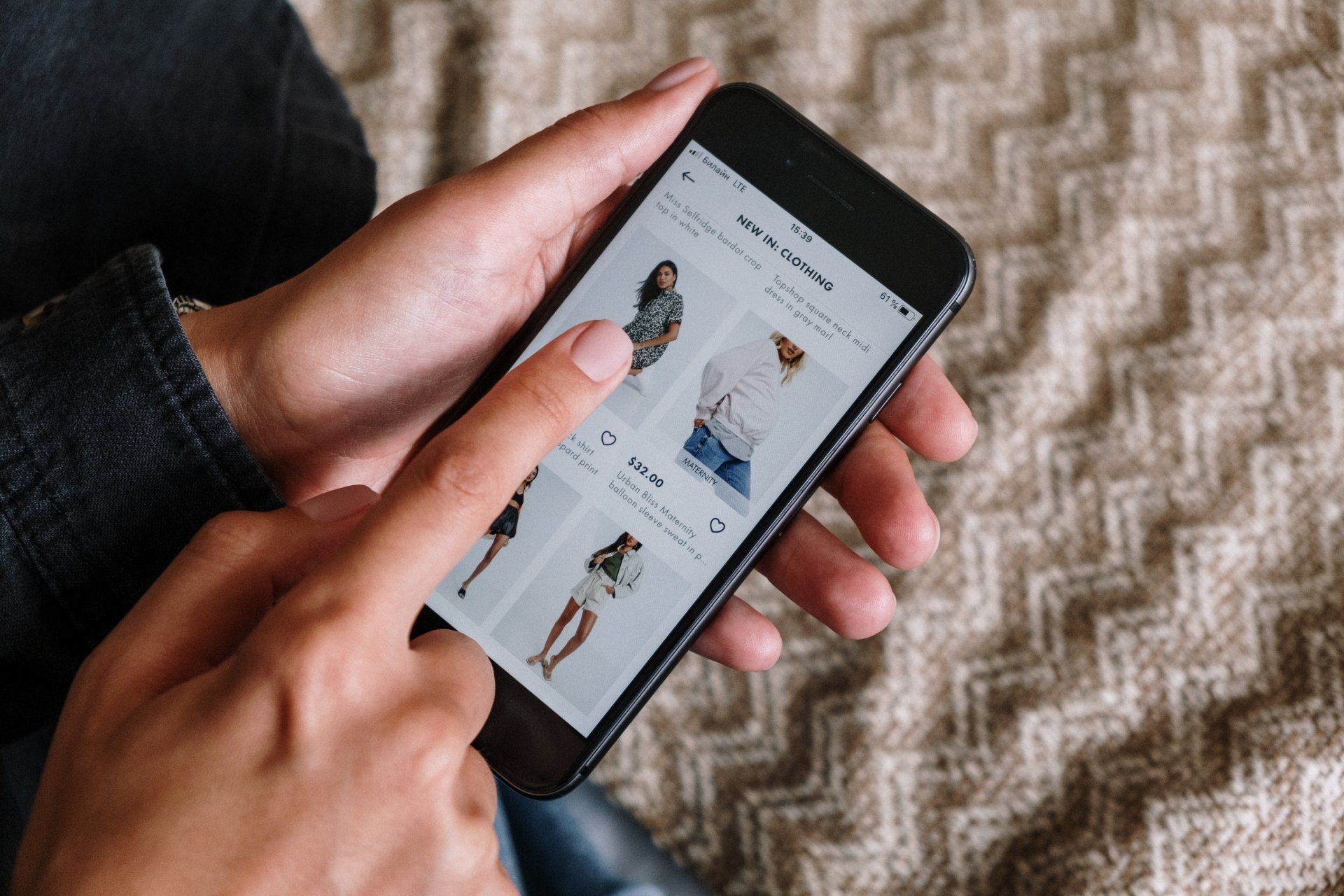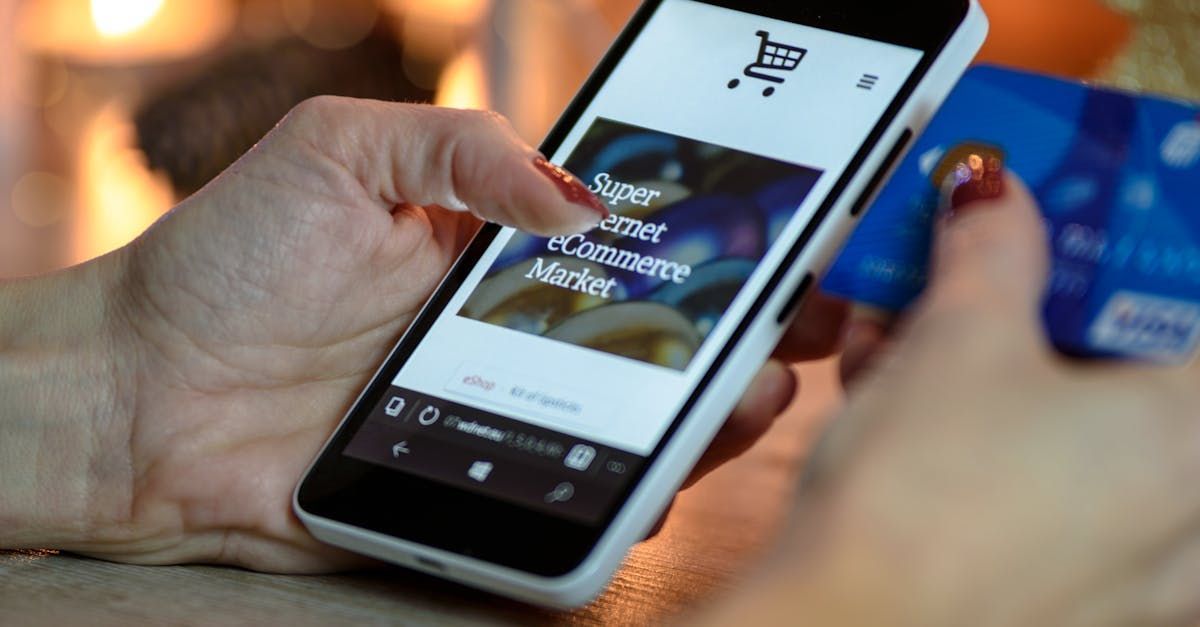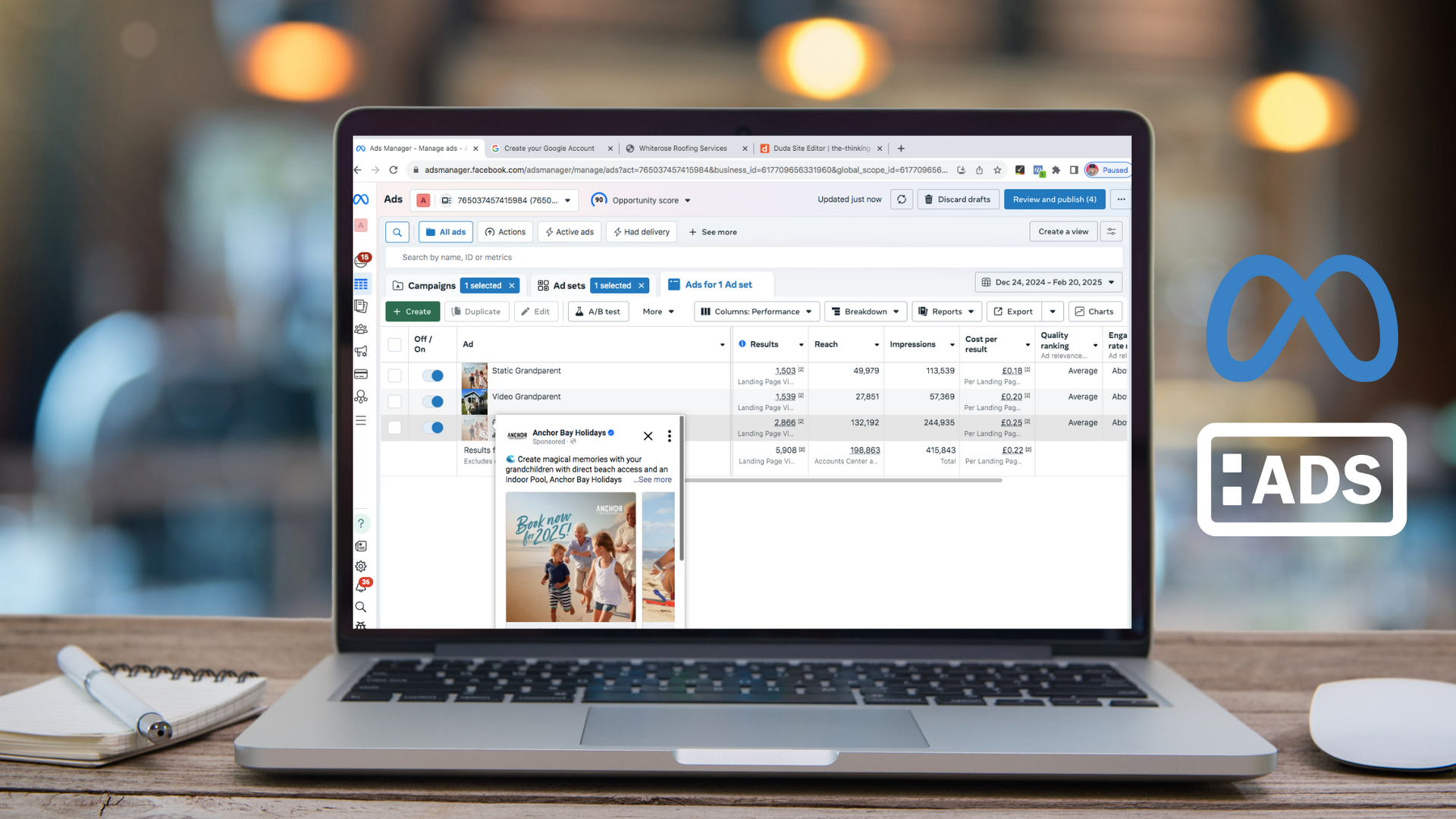Why you need to gather social proof to increase conversions
Why you need to gather social proof to increase conversions
We’ve all been there… asking a customer for a review and hearing crickets. Although it’s hard to gather social proof for your business, it’s an essential task. Here’s our guide to making it easier to get compelling reviews from your happy customers to boost conversions.

Why is getting social proof so important?
Social proof is an effective marketing tactic for many reasons. It helps you to –
- Build credibility and trust
- Increase brand awareness
- Convert leads into customers
Let’s put ourselves into the customer’s shoes. Would you rather buy the product with 200+ positive reviews, or the one with only three?
As a new customer, it’s beneficial to see what other customers have said about the product/service before buying. The classic know, like, and trust element is sped up when you gather social proof.
Social proof and the bandwagon effect
You know when you see someone else with something, and it makes you want it? Or when you see a crowd of people following each other without understanding why?
That’s the bandwagon effect. It’s a cognitive bias that often makes humans follow each other’s behaviour. People can be seen to ignore their own beliefs, which can also be known as herd mentality.
As consumers, we don’t want to miss out on the best option available to us. That’s why we want things more after hearing great reviews from others.
The bandwagon effect highlights the importance of why you should gather social proof. If your brand is seen to be taking the lead in the industry with lots of happy customers, others will follow more easily.
How to successfully gather social proof from customers
There are lots of ways you can ask your past clients for reviews or testimonials. The approach you take to gather social proof will depend on the type of business you run and the customers you serve.
Use an online review platform to gather reviews in one place. Popular options include –
- Google (on your business profile on Google Maps)
- LinkedIn recommendations
- Amazon product reviews
- Survey Monkey
- Which?
- Trustpilot
- Feefo
A few of the above come with a cost, and as a small business owner you may prefer to collate your reviews, testimonials and endorsements using the free resources you have for now. Like Google reviews which also helps you with your SEO and LinkedIn, which helps you increase your credability.
Below is an informative video showing you how to ask for a LinkedIn endorsement.
Here are our suggestions about how to ask for a review using different methods.
Manual follow-up
For some businesses, sending a manual follow-up email with a link to your chosen review platform will work best. If you’ve had a close relationship with your customer, you can add in personal notes about how much you’ve enjoyed working together.
Generally, people want to support you if they’ve been happy with your service. Mention how important reviews are to growing your business in your email.
Pick up the phone
Although some people find asking for help on the phone scary, plucking up the courage can be a great way to get people on board with leaving a review.
You can also ask if they’d be willing to talk about their experience with your brand for a case study. Not every person will be comfortable doing so, but you don’t know until you ask!
Ask for a LinkedIn recommendation
If you use LinkedIn as part of your marketing strategy, asking for a LinkedIn recommendation can be a great way to gather social proof on a platform you’re active on.
Having recommendations on your profile will build credibility when you’re connecting with new potential customers and growing your audience. View the video above to find out how to request LinkedIn recommendation.
Use automated software
Platforms like Feefo and Trustpilot offer automations to gather social proof from your customers without you having to do anything. They can access details from online booking requests and digital receipts to send SMS or email messages asking for a review.
Although less personal, it can work for companies that have lots of customers and would otherwise find it difficult to gather social proof.
Printed requests in packaging
For some businesses, you might find adding in a printed review request into your customer parcels a great way to gather social proof. Add in a personal note about who’s packed the order and ask to leave a review.
User-generated content

With any of the methods, you can encourage people to create user-generated content and share it to their socials with gifted products. This is a great cost-effective way to encourage people to talk about your brand online. Read more about how to benefit from user-generated content in social media here.
No matter how you ask for them, be sure to include your positive testimonials across all your online touchpoints, including –
- All areas of your website - for example, running along the webpage thats relevant to the review
- Landing pages
- Email opt-in pages
- Social media posts
- Newsletters
- On product listings
- Email footers
- LinkedIn profiles
- Downloads
How to add social proof to your social media strategy
Now you know how to gather social proof, how do you use it in your social media content?
Social proof can be a great part of your content strategy, nurturing your audience. It covers one of three types of content – nurture, money, and growth.
Nurture content helps existing followers to remain loyal but can also solidify your credibility to new customers. It’s all about building trust so people feel more comfortable buying from you. Check out our checklist for successful content for more information.
You can share the social proof by creating a visual of the review and posting that online. We recommend using Canva to create a branded image, like below.
Or if your audience responds well to text-only posts, simply copy and paste your reviews!

If the testimonial includes lots of detail, pick out the key aspects only. Reviews can often be most impactful when they are short and to the point.
Lastly, if you’ve received great user-generated content with a review as a video or image, share it straight to your feeds. With longer video content, you can even break it down into smaller clips to share.
That should have given you a great starting point on how to gather social proof to increase conversions. If you need more support with your social media strategy, sign up for our LINGO course or get in touch for bespoke training.




How you can effectively use LinkedIn for free to boost your marketing and grow your podcast audience




I hope you enjoyed reading this blog post.
If you’d like further help, let’s jump on a call and have a chat.




